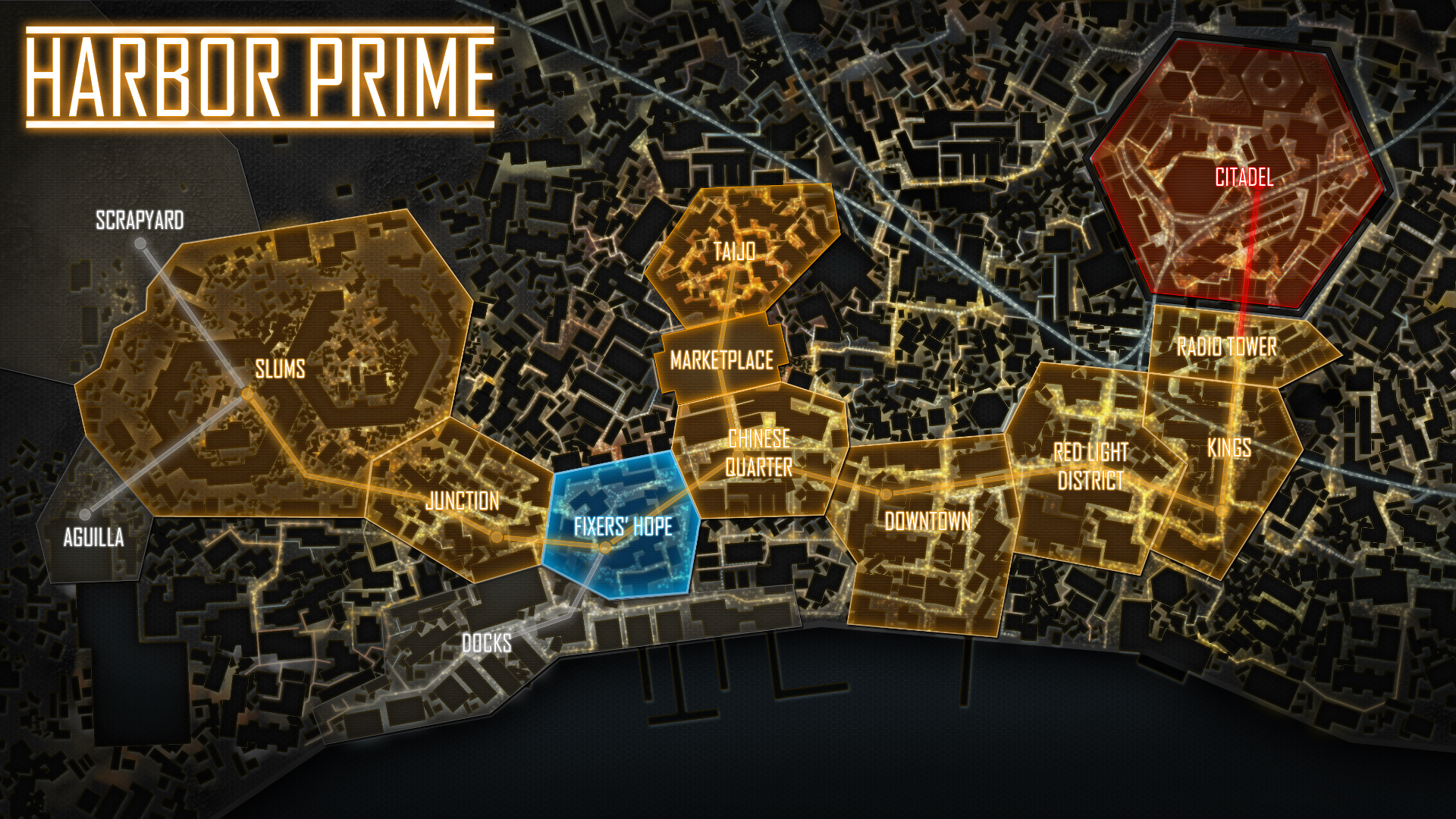

Introducing scripted event locations, where certain actions by the player can trigger specified changes.Adding aesthetic details such as level-specific graphic textures, sounds, animation, lighting and music.Specifying the start and exit locations for one or more players.Specifying locations of various entities, such as player units, enemies, monster spawn points, ladders, coins, resource nodes, weapons, save points, etc.Specifying non-static parts of a level, such as doors, keys and buttons with associated mechanisms, teleporters, hidden passageways, etc.Specifying certain regions where certain gameplay activities or behaviors occur, such as resource harvesting, base building, water travelling, etc.Determining environmental conditions and "ground rules" such as day/night, weather, scoring systems, allowable weapons or gameplay types, time limits, and starting resources.Laying out the large-scale features of the map, such as hills, cities, rooms, tunnels, etc., for players and enemies to move around in.There are various steps involved in laying out a map and these steps may vary dramatically across the many different game genres that exist as of the 2020s. Once completed, these concepts transform into extensive documentation, environment modeling, and the placing of game specific entities (actors), usually with the aid of a level editor.Ī level editor may be distributed as a complete stand-alone package, at times, rivaling commercial 3D modelling software. Level design for each individual level in a modern game typically starts with concept art, sketches, renderings, and physical models. Half-Life, Quake 3, and many other games have notable mapping tools and communities focusing on user-generated content. One of the reasons was a clear separation between the level files and game engine itself. Often, promoted users were assigned to make new paths, new rooms, new equipment, and new actions, often using the game interface itself.ĭoom (1993) and Doom II (1994) were two of the first games to attract focused game modding activity, and many WAD level files were made for them.


Ī game genre that required significant amounts of time to design areas were text-based games, such as MUDs. ZZT (1991) is a later game with user-accessible mapping and scripting. The same year, the multiplayer dungeon crawl Dandy was released, and it also shipped with a level editor which was documented in the manual. Its designer, Doug Smith, reputedly paid neighborhood children to design levels for the game.

ġ983's Lode Runner was one of the first titles to ship with a level editor. An example of the latter approach is the arcade platform game Donkey Kong (1981), which uses multiple distinct levels to progress a storyline as Mario (originally called Jumpman) tries to rescue Pauline from Donkey Kong, each level ends with Kong fleeing with Pauline and then Mario having to complete a different level each time, until he finally confronts Kong. An example of the former approach is the arcade shoot 'em up game Space Invaders (1978), where each level looks the same, repeating endlessly until the player loses all their lives. Early games often featured a level system of ascending difficulty as opposed to progression of storyline. In the early days of video games (1970s-2000s), a single programmer would develop the maps and layouts for a game, and a discipline or profession dedicated solely to level design did not exist. In games with 3D computer graphics like Nexuiz, the levels are designed as three-dimensional spaces These puzzles can slow the momentum down for players of fast action games the first Half-Life's penultimate chapter, "Interloper", featured multiple moving platforms high in the air with enemies firing at the player from all sides. Players must judge the distance between platforms or ledges and safely jump between them to reach the next area. Although the challenge in a game is often to defeat some sort of character, levels are sometimes designed with a movement challenge, such as a jumping puzzle, a form of obstacle course. Games may also feature interconnected levels, representing locations. In games with linear progression, levels are areas of a larger world, such as Green Hill Zone. Each level may present new concepts and challenges to keep a player's interest high. Video game levels generally have progressively-increasing difficulty to appeal to players with different skill levels. In video games, a level (also referred to as a map, stage, or round in some older games) is any space available to the player during the course of completion of an objective.


 0 kommentar(er)
0 kommentar(er)
